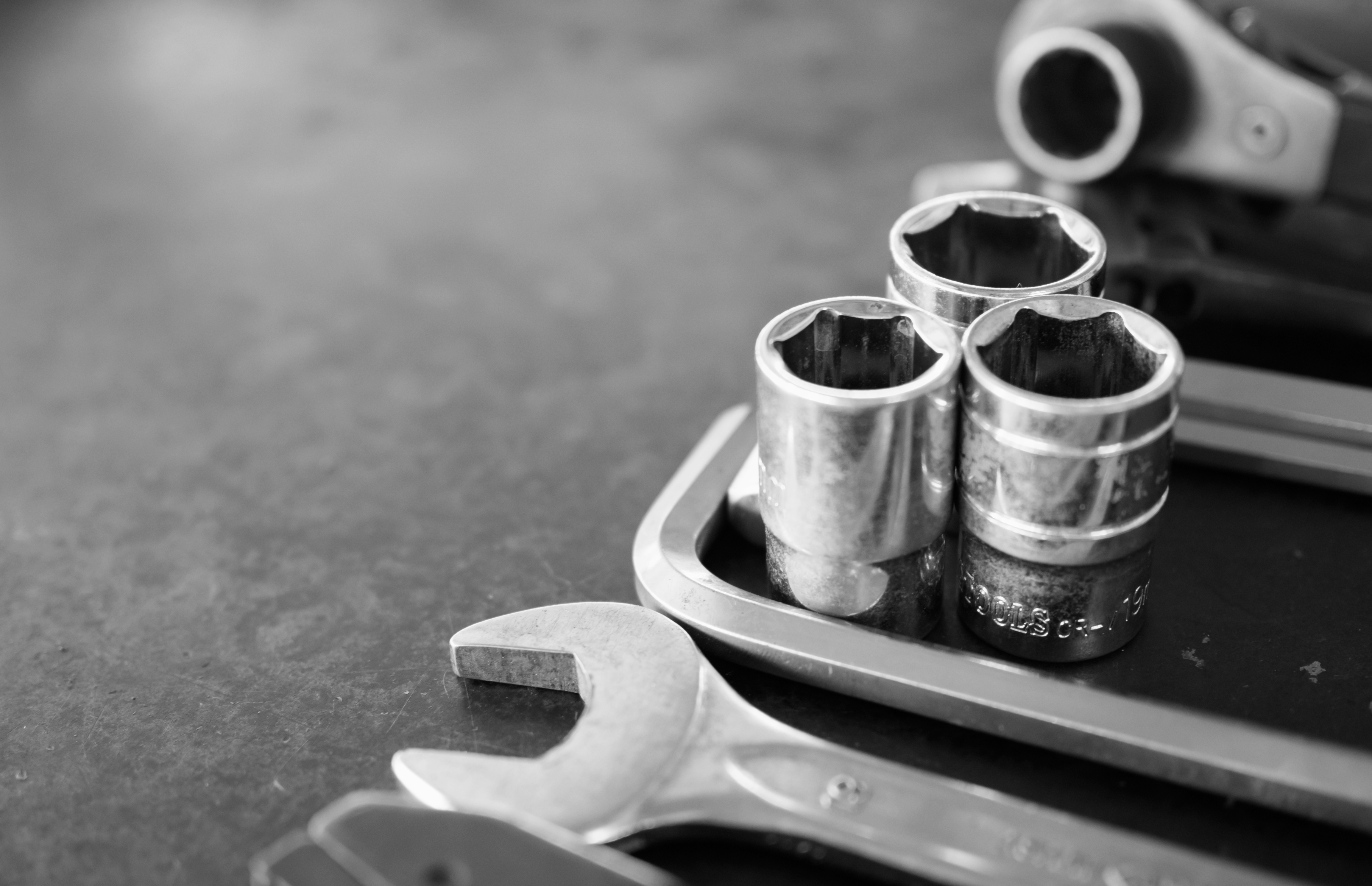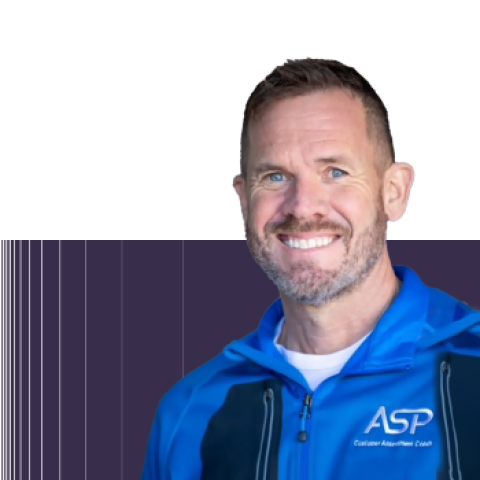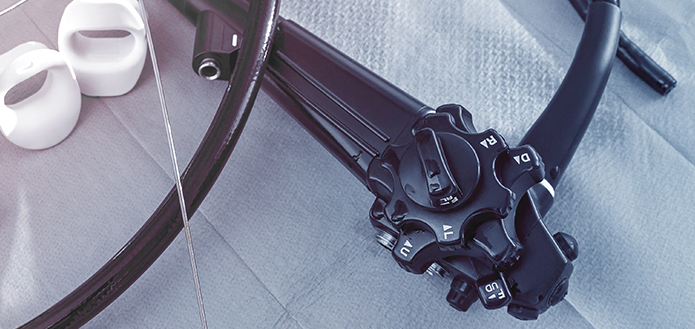We’re all familiar with the old saying, “an ounce of prevention is worth a pound of cure.” When it comes to the Sterile Processing Department (SPD), how much is that pound of cure worth when it comes to equipment maintenance? Let’s look at what could possibly go wrong when sterilization equipment fails due to lack of preventive maintenance and the costs associated with unplanned down time:
- A case is delayed or cancelled because instruments aren’t ready, resulting in surgeon dissatisfaction and taking cases to another facility. Cost: approximately $46/minute1
- Potential harm to SPD staff depending on the severity of the malfunction. Cost: approximately $25,000 per employee total workman’s compensation2
- Being found noncompliant during a Joint Commission (TJC) audit. Cost: Priceless! This affects the facility’s reputation, possible Medicare enforcement actions and/or loss of Medicare/Medicaid status, and costs associated with the development of action plans to improve areas of safety and quality to achieve a passing grade.3
- A surgical site infection (SSI) occurs because an instrument wasn’t properly sterilized and made its way to the operating room, resulting in an extended length of stay for the patient and potential harm to the hospital’s reputation. Cost: $25,000 - $90,000 per case4
TJC recently identified failure to reprocess devices as a top-cited challenge during audits, and more specifically, identified inadequate equipment maintenance as a common risk for sterilization failures cited by surveyors.5 Their recommendation is to partner with the equipment manufacturer’s representative to perform semiannual and annual preventive maintenance; diagnose, repair, and address sterilizer errors; and complete and document the work in compliance with the manufacturer’s instructions for use (IFU).
OEM Service Agreements to the Rescue
While the upfront cost may seem expensive, Original Equipment Manufacturer (OEM) service agreements save money over the long-term by helping to ensure optimal equipment performance, decreased cancellations, and the availability of OEM parts as predicated in FDA 510(k)s and IFUs. They alleviate a department stressor by knowing that support and a manufacturer-trained technician are just a phone call away.
Of course, an SPD can choose to order service only when it’s time for preventive maintenance (PM) or equipment malfunctions; however, a single time and material (T&M) appointment can frequently cost more than an annual OEM service agreement (depending on the parts and labor required for the repair). There is also a risk of multiple repair attempts and poor equipment performance if the repair or PM call goes out to a technician who is not affiliated with the manufacturer, not properly trained or certified to repair the equipment, and/or doesn’t use approved parts.
OEM service agreements offer many advantages. They can help with the following:
- Ensure equipment reliability and performance
- Maintain compliance
- Keep patients and staff safe
- Extend the lifespan of your equipment
- Provide dependable, highly trained technicians with the right expertise
- Use parts that are indicated in the manufacturer’s IFU
- Plan for the total cost of ownership of the equipment by predictably budgeting for expenses, including scheduled PM and/or corrective maintenance calls
- Provide documentation that can be used for audits
- Remote support
- Train SPD staff on proper use and maintenance of the equipment





